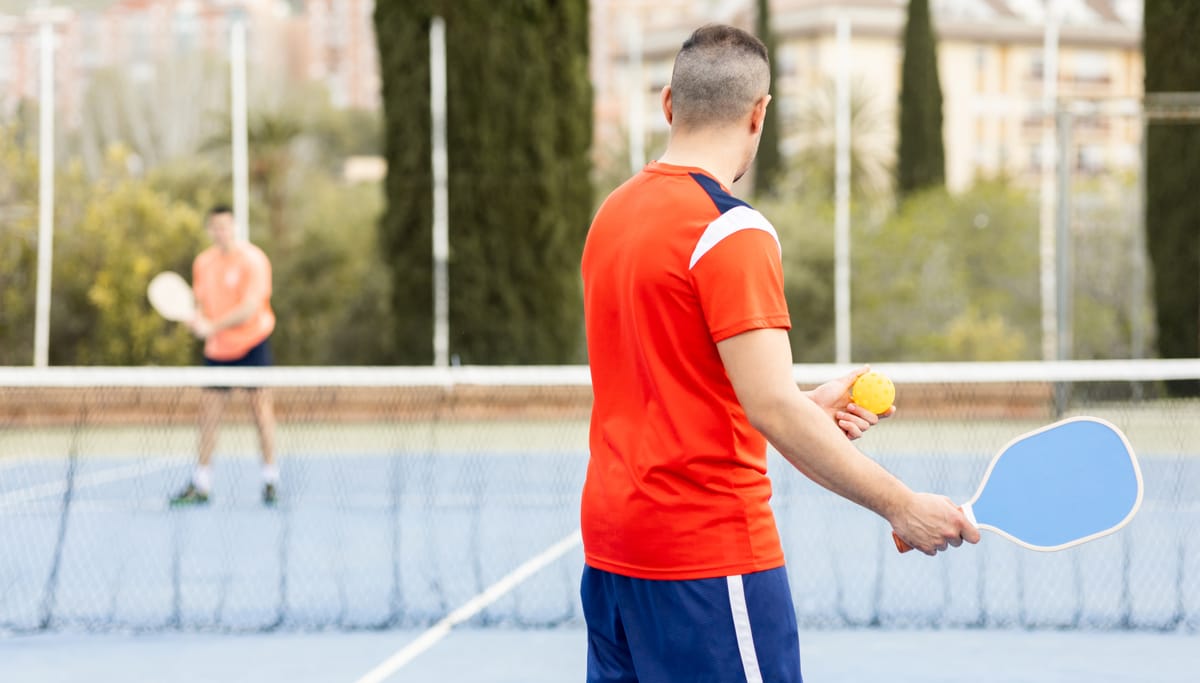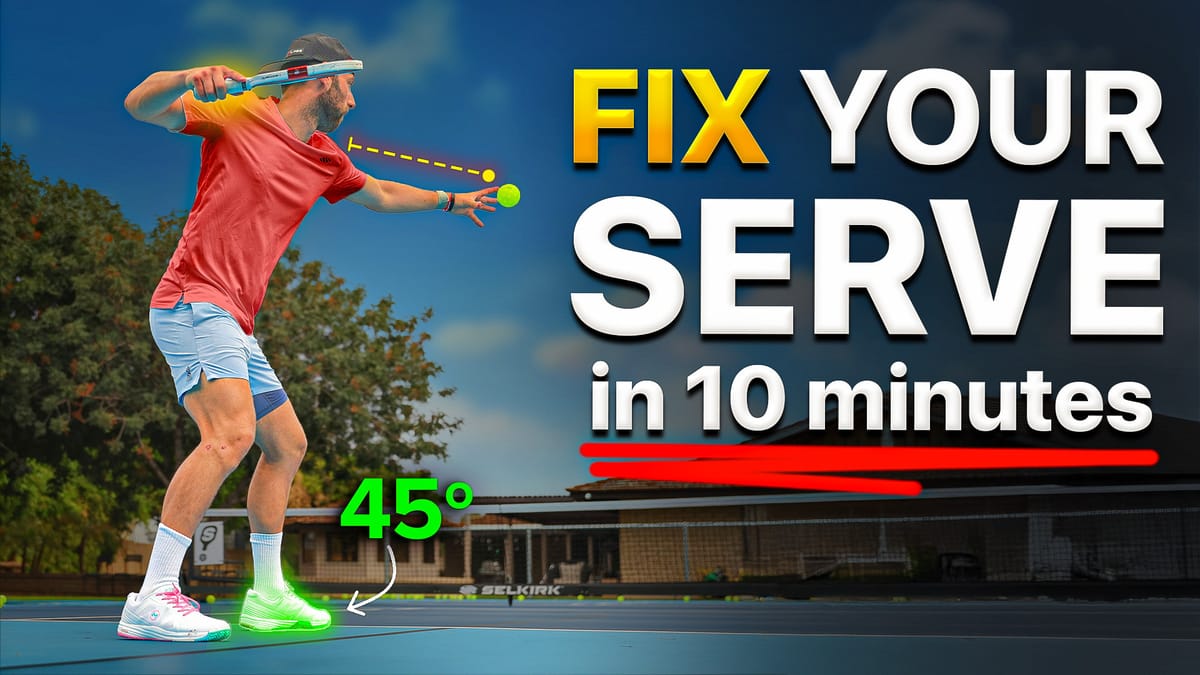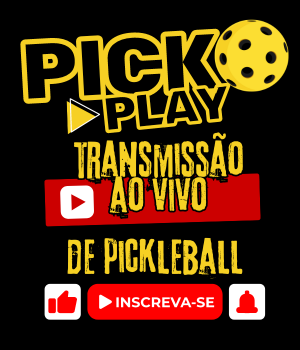
JohnCincolaPickleball

Hey guys, it’s John from John Cincola Pickleball. That team you just played, they’re just bangers. You’re better than they are. They cannot keep getting away with beating you like that. Well, unless you stick around for this article, they’re going to.
First, I want to define what a banger actually is. Next, I’ll address what I think is the number-one myth of how to beat a banger. And finally, I’m going to give you three of the best tools you need in your arsenal to beat a banger—or any hard-hitting player.
Defining a Banger
Typically, we just associate a banger with someone who hits the ball hard a majority of the time—and that can be true. But if I’m playing and I find a weakness in my opponents and exploit it by hitting hard for an entire game, that doesn’t necessarily make me a banger—that actually makes me smart for finding their weakness and exploiting it. A banger, on the other hand, is someone who wins exclusively using power. They usually don’t have a plan B if they can’t do it, and they also aren’t considering whether it’s the right situation for that power or the right strategy. The easiest way to nail it down is: a banger is typically a one-dimensional power player.
The Biggest Myth: Slowing Them Down
I hear it all the time: “We’ve got to slow them down. If they hit hard, we need to reset, put the ball back in the kitchen, and force them to play slow so we don’t give them shots to hit hard at us.” This really doesn’t work, and here’s why.
A banger’s whole gig is using power—and with power comes plenty of poor or incorrect shot decisions. When you choose to reset those, you’re essentially giving them a free pass—you’re letting them off the hook.

Tool number one is learning to punish bad shots. If a banger sees you flinching, resetting, looking passive, stepping back, or falling backwards, you’re feeding the beast. Instead, hold your ground, stay relaxed, and keep your swings compact. Take their shots and send them back with authority and confidence. It only takes a couple of times for your opponent to realize things aren’t going according to plan—and when they don’t have a plan B, it gets dicey for them. This concept is called counterattacking.
Tool 2: Learn to Leave Balls
Tool number two is learning to leave balls that are sailing out. The key isn’t to wait until the ball is struck to react. Instead, decide before the ball is hit by weighing several factors: ball height, ball positioning in the court, your opponent’s backswing, their forward momentum, and their history of hitting hard. The more aware you are of the situation—what the ball is doing, who you’re playing, their tendencies, and the usual results—the more you’ll instinctively know to let an out-bound ball go before it’s even struck.
Tool number three is not giving them the shots they want. Hard hitters love two things: dead shots (dinks with too much arcing trajectory that sit up) and balls hit out of the air (especially above knee height). Our goals are to keep any air ball below knee height—making it much harder for them to rip—and to avoid dead shots by maintaining a flatter trajectory. When your opponent has to hit half-volleys, pick the ball up off their feet, or deal with low air balls, it’s much tougher for them to create power—and any power they do create is usually a poor shot that you can punish or simply let sail long.
Now it’s your turn—grab your paddle, hit the courts, and show those bangers they’ve got nothing on you.
For exclusive content and full-version tutorials, make sure to check out my YouTube channel, ➡️ John Cincola Pickleball.
Related Articles:
How to Defeat Hard-Hitting Bangers, by Kyle Koszuta, ThatPickleballGuy
Anuncie Aqui / Advertise Here
Sua marca para o mundo Pickleball! / Your brand for the Pickleball world!

 English
English  Spanish
Spanish  Portuguese
Portuguese  German
German  Italian
Italian  Japanese
Japanese  French
French  Polish
Polish  Russian
Russian  Netherlands
Netherlands  Hungarian
Hungarian  Turkish
Turkish  Videos
Videos  Pickleball Portal
Pickleball Portal









 English (US) ·
English (US) ·  Portuguese (BR) ·
Portuguese (BR) ·